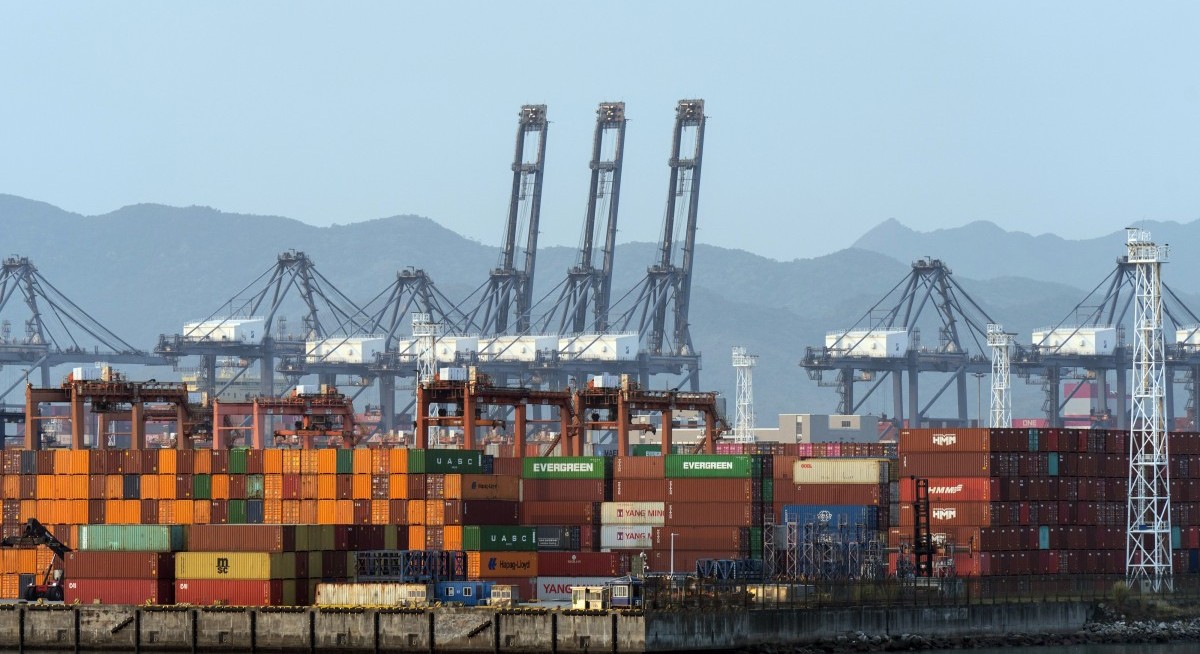Magnets — a component central to recent trade tensions — typically form the bulk of the “products” category, but detailed export data on those won’t be available until Sunday at the earliest.
While volumes have risen, they’re still well below the levels that preceded the huge shock to global magnet supplies, and governments worldwide have urged Beijing to boost flows.
Product exports rose to 3,808 tonnes, from 2,115 tonnes in May.
See also: Reeves’ £26b tax hike calms markets after chaotic rollout
China launched its tougher export regime in early April, targeting seven of the 17 rare earth elements and including the powerful magnets used in high-tech manufacturing from electric vehicles to smartphones and fighter jets.
That threatened deep disruptions to US industry and encouraged US President Donald Trump to agree a trade truce.
But the blanket move also hurt companies and irked governments from Europe to India, deepening global trade turmoil and complicating Beijing’s ties with other major economies.
See also: New Zealand's central bank cuts key rate, currency jumps on bets easing cycle near end
All shipments now need licenses issued by China’s Ministry of Commerce and the authority is working through a backlog of applications.
Earlier this week, China released data showing exports of rare earths in mineral, oxide or metal forms spiked to the highest since 2009.
That suggests a rush by buyers to get hold of the materials in order to make magnets outside China.
Separately, China’s spy agency on Friday reiterated its intent to clamp down on smuggling of rare earths.
The Ministry of State Security used a WeChat post to accuse unnamed foreign entities of orchestrating trafficking of the materials “by means of mail delivery”.




